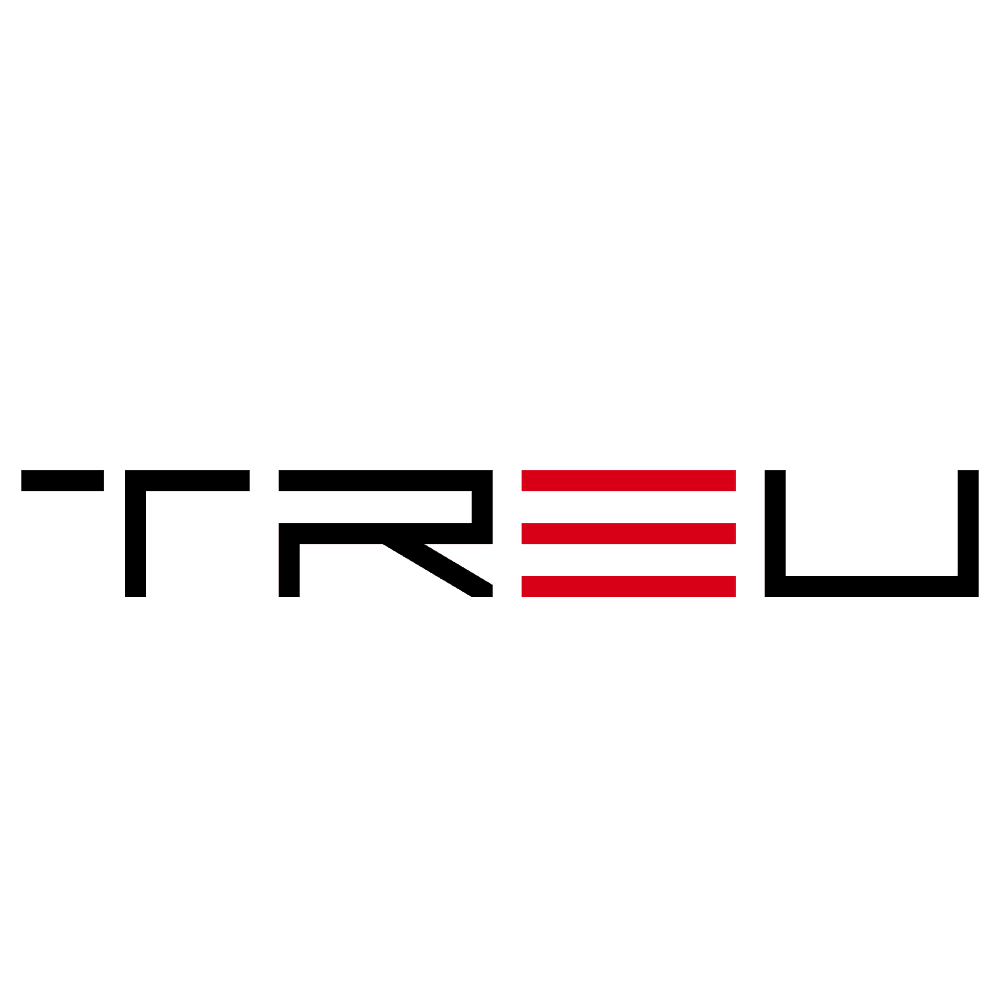8 Major Insurance Trends That Will Shape 2025 and Beyond
As we move through the year, the insurance industry is poised for major transformations driven by emerging technologies, changing consumer expectations, and evolving regulatory frameworks. Insurers must stay ahead of these trends to remain competitive and meet the demands of a rapidly shifting market.
In this article, we explore the eight major insurance trends that will shape the industry in 2025 and beyond. From AI-driven automation to personalized policies, these trends will redefine how insurers engage with customers and manage risk.
1. Artificial Intelligence (AI) and Automation Will Transform Underwriting
AI and automation are revolutionizing the insurance industry, making underwriting processes faster and more efficient. Machine learning algorithms analyze vast datasets to assess risk with greater accuracy than traditional methods.
Key Benefits:
- Faster Policy Issuance: AI-powered underwriting reduces processing times, allowing insurers to approve policies within minutes.
- Improved Risk Assessment: AI-driven models consider real-time data, leading to precise risk evaluations.
- Cost Efficiency: Automation reduces manual efforts, cutting operational costs for insurers.
This year AI will become even more embedded in insurance operations, enhancing decision-making and improving customer experiences.
2. Rise of Usage-Based and On-Demand Insurance
Traditional insurance models are evolving to meet consumer demand for personalized coverage. Usage-based insurance (UBI) and on-demand policies are gaining popularity as customers seek flexible options.
Why This Matters:
- Fairer Pricing: Policyholders pay premiums based on real usage data rather than generalized risk categories.
- Increased Customer Control: Consumers can activate and deactivate coverage as needed, optimizing costs.
- Growth in IoT Integration: Connected devices, such as telematics in cars, provide real-time data to insurers for accurate pricing.
As personalization becomes a key differentiator, insurers will need to refine their offerings to stay competitive.
3. Cyber Insurance Becomes a Critical Necessity
With cyber threats becoming more frequent and sophisticated, cyber insurance is no longer optional for businesses. Companies recognize the need for coverage that protects against data breaches, ransomware attacks, and other cyber risks.
Key Developments in Cyber Insurance:
- Expanded Coverage Options: Insurers will offer specialized policies tailored to specific cyber risks.
- Higher Premiums and Stricter Underwriting: Growing threats mean insurers will be more selective in policy approvals.
- Increased Demand from SMEs: Small and medium-sized enterprises (SMEs) will seek affordable cyber insurance solutions as threats target businesses of all sizes.
The demand for comprehensive cybersecurity coverage will push insurers to innovate their policies and risk-assessment techniques.
4. Climate Change Forces Evolution of Risk Models
Climate change is reshaping the insurance landscape, making risk assessment more complex. Natural disasters—including hurricanes, floods, and wildfires—are increasing in frequency and severity, prompting insurers to adjust pricing models and coverage options.
Industry Shifts Due to Climate Risks:
- Updated Risk Models: Advanced predictive analytics will help insurers better price natural disaster coverage.
- Parametric Insurance Expansion: Insurers will increasingly use parametric models, which pay out based on predefined triggers (e.g., wind speeds or flood levels).
- Sustainability Incentives: Insurers will offer premium discounts for eco-friendly construction and disaster-resistant buildings.
As climate risks grow, insurers must proactively refine their models and collaborate with governments and environmental organizations.
5. Embedded Insurance Gains Popularity
Embedded insurance—the seamless integration of insurance products into purchases—is becoming a game-changer. Consumers can now buy insurance at checkout when booking flights, renting cars, or purchasing electronics.
Why Embedded Insurance is Booming:
- Convenient Customer Experience: Eliminates the need for customers to seek out separate insurance policies.
- Higher Conversion Rates: Businesses can offer insurance at the point of sale, boosting customer adoption.
- Tech Giants and E-Commerce Entry: Retailers and platforms like Amazon and Apple are integrating insurance into their ecosystems.
By the end of 2025, embedded insurance will be a core strategy for insurers looking to expand their reach and improve customer acquisition.
6. Insurtech Innovations Drive Competition
The rise of insurtech startups is introducing new models and digital-first approaches that challenge traditional insurers. These tech-driven companies leverage AI, blockchain, and automation to enhance efficiency and customer engagement.
Key Innovations from Insurtech:
- AI-Powered Claims Processing: Chatbots and automation will streamline claims, reducing delays and fraud.
- Blockchain for Secure Transactions: Distributed ledger technology will improve transparency and fraud prevention.
- Peer-to-Peer (P2P) Insurance Models: Crowdsourced risk-sharing platforms will gain traction, offering cost-effective alternatives to traditional insurance.
Established insurers must prioritize digital transformation to compete with tech-savvy insurtech firms.
7. Evolving Regulatory Landscapes Shape Industry Practices
Governments and regulatory bodies are tightening compliance measures in response to technological advancements and emerging risks. As new technologies shape the industry, insurers must navigate evolving legal frameworks to remain compliant.
Regulatory Changes to Watch for:
- Data Privacy Laws: Stricter protections around AI-driven pricing and underwriting will increase transparency.
- Climate-Related Mandates: Governments may require insurers to disclose exposure to climate-related risks.
- Consumer Protection Standards: New regulations may cap fees and impose stricter guidelines for fair pricing.
Insurance providers will need to invest in regulatory technology (RegTech) to ensure seamless compliance in an ever-changing legal landscape.
8. Focus on Customer Experience and Hyper-Personalization
Consumers now expect digital-first, seamless interactions with their insurers. Personalization is no longer a luxury—it’s a necessity. Insurers that prioritize customer-centric strategies will gain a competitive edge.
Enhancing Customer Experience in 2025:
- AI-Driven Chatbots: Advanced virtual assistants will provide 24/7 support, speeding up claims and inquiries.
- Data-Backed Personalization: Real-time behavior analysis will allow insurers to tailor coverage based on individual lifestyles.
- Omnichannel Engagement: Customers will expect seamless interactions across web, mobile apps, and social media.
By prioritizing user-friendly platforms and flexible policy options, insurers can build stronger customer relationships and enhance brand loyalty.
Conclusion
The insurance industry is undergoing a digital revolution, with AI, usage-based pricing, and cybersecurity policies leading the way. As consumer expectations evolve and regulatory frameworks tighten, insurers must embrace innovation to remain competitive.
Insurers that adapt to these trends—leveraging technology, refining risk models, and prioritizing customer experiences—will position themselves as industry leaders for the future.
Are you ready for the future of insurance? Companies that stay ahead of these trends will thrive in 2025 and beyond. Stay informed and make strategic shifts to navigate the next era of insurance successfully.

